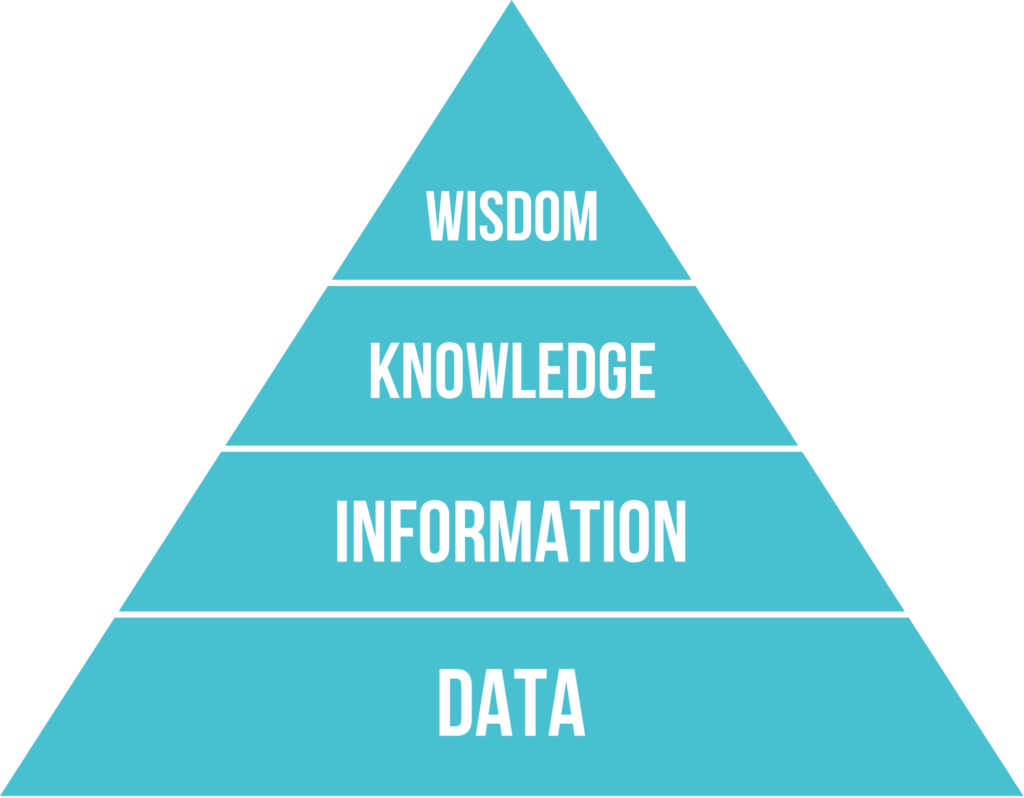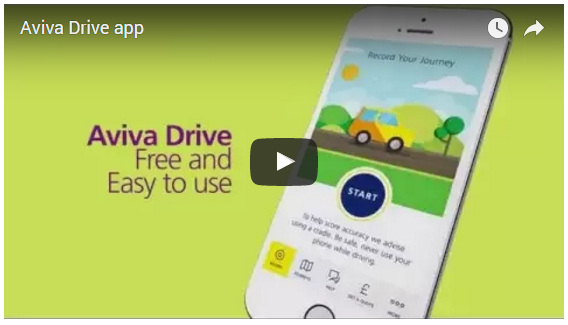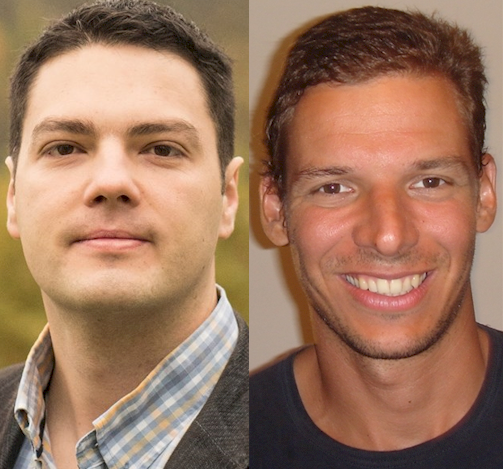By Bernardo Nunes & Diogo Gonçalves
The interconnection of devices within the “Internet of Things” (IoT) creates new data sources. Companies can now better observe people’s choices and test the effectiveness of different mechanisms to activate and retain more customers. It may also help policymakers overcome one of the most frequent problems of policy design: the lack of personalized content. We argue that the IoT not only disrupts the way we track our actions and monitor our goals, but also allows the identification of effective methods to alter our behavior. This is optimized by the combination of IoT, data analytics and behavioral science.
One of the main contributions of behavioral economics to the study of consumers is its empirical focus on observed behavior. Hence, behavioral specialists in the areas of marketing, economics and public policy should be aware of the possibilities that new technologies create for the analysis of consumer behavior. Today’s consumers produce (directly and indirectly) an abundance of data. Optimal commuting decisions and advertisement locations can now be inferred from call details and “over-the-top” digital records produced by more than a billion cell phones that emit 18 exabytes (1 billion gigabytes) of data every month. The web and mobile apps, which can track anything from dietary choices to banking transactions, have the potential to replace a large number of existing self-reported consumer surveys. Data collection capacity is added to more and more objects found in the physical world. Sensors are now positioned in our cars, (smart) homes, and even our clothes (wearables). This movement from the world of the Internet of People (IoP) to the Internet of Things (IoT) exponentially increases the data that is being generated.
The IoT records and transmits personalized information. This means that providers can collect observational data from their users’ everyday behavior and, by experimentation, identify which techniques and interventions are more effective. Next, we describe three ways in which the IoT will continually influence consumers’ choices through these data collection channels.
1. The IoT is a new source of observational data for machine learning algorithms
A number of machine learning algorithms deal with predictive modeling. For example, a Fitbit tracker measures data such as the number of steps walked, heart rate, quality of sleep, steps climbed, and other personal metrics involved in fitness. While health apps are not able to replace a doctor just yet, they can accurately tell us when we need one. Wearables of this kind can feed a cloud-based machine learning algorithm which would help us notice fluctuations in our pulse that correspond to a specific health condition. Other types of wearables can monitor levels of blood sugar and analyze its metrics with cloud applications, and send immediate notifications to the user reminding her to take a medication or adjust daily sugar intake. In short, IoT data allows us to identify the major predictors of an outcome using metrics that are essentially linked to behavior.
A noticeable business application of machine learning to affect consumer behavior is the dynamic offer of travel products and services. Providers of travel services, such as Booking.com, have recommendation systems trained with data from users’ socio-demographic characteristics and past online behavior. With the newly launched Booking Experiences app, a traveler can get instant booking access to participating venues and attractions at a specific destination. Travelers do not need to book in advance or wait in line to buy tickets. They simply need to scan a QR code with their smartphone that is linked to their credit card of choice.
The Booking Experiences app learns over time and combines this knowledge with geo-location data to provide a traveler with increasingly personalized just-in-time suggestions to enhance the in-destination experience. A service of this kind is only possible because the company has collected data from millions of customers about their destination-specific experiences, as well as their likes and dislikes. Now, these large scale datasets are used to feed unsupervised learning (through segmentation/clustering) and supervised learning (through classification / predictive modeling) algorithms that help to optimize the user experience.
2. The IoT is redesigning value chains
The value chain of any industry is composed of activities that add value during pre-sales and after-sales periods. Imagine the pre-sales process of a car insurance company. The core issue is to optimize the price of the premium it charges to buyers. In the IoT era, insurers can request their customers to use a mobile app or another type of telematics (geospatial application) to collect information, such as speed, distance, and time of day, in order to price the premium more accurately. This means that premiums are lowest for responsible drivers. A good existing example of this kind of mobile application is the Aviva Drive car insurance app:
Another interesting example from car insurance is the Admiral’s FirstCarQuote. It is aimed at young drivers who are going to have their first car and have no history of driving. Because of the lack of track record, the insurance company faces a typical problem of adverse selection: it is very difficult to differentiate a responsible driver from one who is more likely to cause a claim. The app requires potential insurance buyers to login using their Facebook profile. After that, an artificial intelligence algorithm scans the user’s past likes and posts on Facebook to estimate a behavioral measure of how conscientious, responsible and organized the user is. This is a typical example of an IoT environment due to the interconnection of two platforms in order to acquire behavioral data.
This increased capacity to analyze behavior can be very useful during the after-sales period as well. For example, insurance companies can send personalized preventive messages to nudge their users towards a more prudent behavior. For companies in the ‘sharing economy’, such as Uber, AirBnb, and Blablacar (carpooling), having access to the digital footprint of users helps to increase trust and reputation in their two-sided markets. In banking, HSBC is running a trial of a Nudge app which monitors a user’s spending. The system then sends encouraging notifications designed to improve willpower and help achieve long-term financial goals, and alerts users when they spend more than usual.
3. The IoT is enhancing causal inference methods
The economist Hal Varian, in his paper Big Data: New Tricks for Econometrics, emphasizes that machine learning techniques may allow for more effective ways to model complex relationships, but they do not address causality in the most appropriate way. In order to test the effect of a behavior change intervention, such as nudges, behavioral scientists have to rely mostly on experimental evidence collected in randomized control trials (RCTs). Similarly, digital marketers use A/B tests to infer the effectiveness of different web and mobile app frames to generate leads. Both RCTs and A/B tests are based on the scientific rule that correlation does not imply causation. Hence, the appropriate method to identify causal effects requires a good counterfactual that demonstrates what would have happened in the absence of the intervention or tested frame.
Behavioral scientists and marketers generally agree that personalization is a key factor to enhance effectiveness. Nudges might be more successful if they were personalized based on individual preferences and beliefs. IoT devices have the information necessary to go beyond ‘one-size-fits-all’ interventions. They can also monitor goals and achievements. Many Fintech apps already use these kinds of tools (e.g. Moneybox and PensionBee), but we still do not have solid evidence about their effectiveness. Apps are subject to selection bias, for example, if only conscientious and self-controlled individuals become users in the first place. In progress monitoring more particularly, it is also possible that some consumers avoid valuable feedback from IoT devices if it generates psychological discomfort – the so-called Ostrich effect. Since IoT technologies allow scientists and practitioners to randomly assign users to different experiences or conditions, they can be a helpful source of experimental data to solve problems that can’t be tackled by data mining and machine learning.

The combination of IoT, data analytics and behavioral science enables us to reach the highest level of empirical power in the DIKW pyramid (data, information, knowledge, and wisdom) framework. We can use data mining to extract information from data and knowledge engineering to extract knowledge from information. But to transform knowledge into wise behavioral predictions, we need to exploit new sources of personalized data offered by the IoT. As the game theorist John Von Neumann said: “There’s no sense in being precise when you don’t even know what you’re talking about”.




